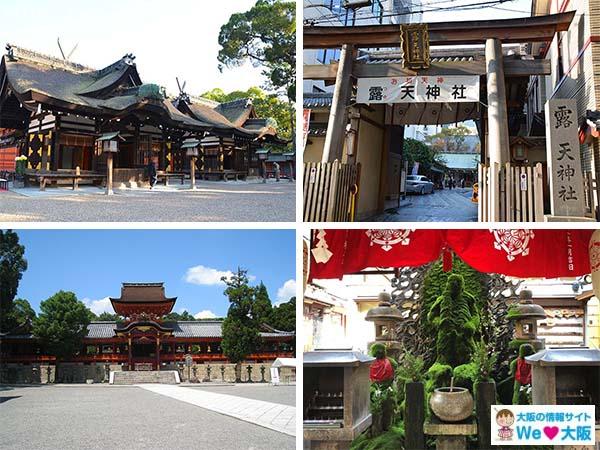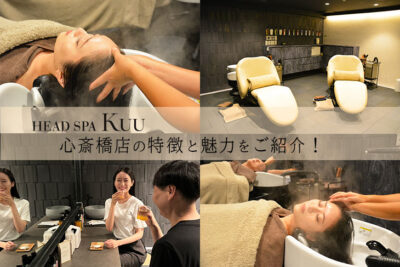- Top
- Shrines & Temples
- Osaka Ikukunitama Shrine (Ikutama Shrine) – Famous for matchmaking and happy marriage
Osaka Ikukunitama Shrine (Ikutama Shrine) – Famous for matchmaking and happy marriage
2023.02.09
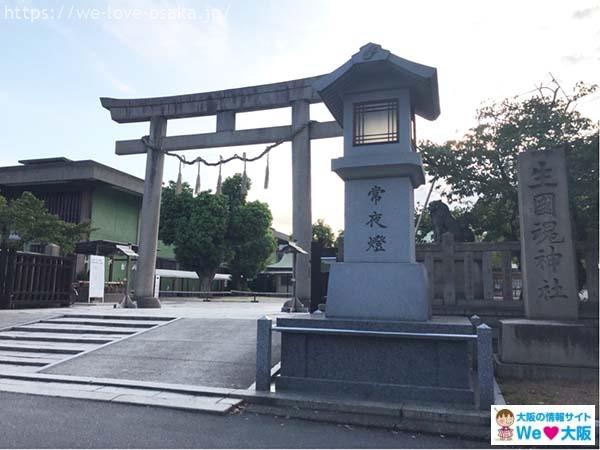
Ikutama Shrine, a famous shrine known locally as “Naniwa-no-Oyashiro” or “Ikutamasan”. It is said that the shrine was first established in Ishiyamazaki (near present-day Osaka Castle) to worship the Ikushima and Ashijima deities.
It is so popular that it attracts a large number of worshippers every year with the “Great Purification Ceremony” held in June to ward off bad luck and illness, the “Ikutama Summer Festival” in July, the “Takigi-no (Noh) Performance” in August, and the “Hikohachi Festival” on the first Sunday in September and the day before.
目次
- 1. What kind of benefits does it offer?
- 1-1. Shigino Shrine
- 1-2. Other gods
- 1) God of Fisheries Prosperity
- 2)God of luck and protection
- 3) God of commerce, hardware, and kamado
- 4) The God of Home Building
- 5) God of luck in victory and improvement in the arts
- 6) God of prosperous business, good harvest, and protection against toothache
- 7) God of prosperous business, good harvest, and protection from disaster
- 2. History of Ikutama Shrine
- 3. Charms and red seals
- 4. Highlights of Ikutama Shrine
- 5. Detailed information
- 6. Summary
1. What kind of benefits does it offer?
1-1. Shigino Shrine
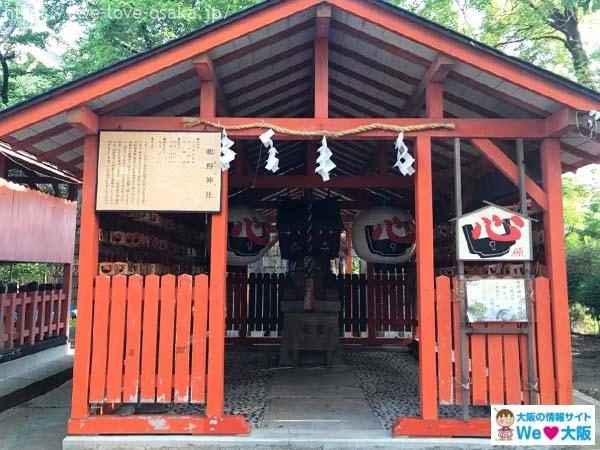 The Ikutama Shrine is said to provide protection for
The Ikutama Shrine is said to provide protection for
Marriage
Separation from unwanted relationships
Fulfillment of a good marriage
Women’s Protection
Ikutama Shrine has eleven shrines enshrining many deities. There is a map in the precincts of the shrine, explaining the 11 shrines.
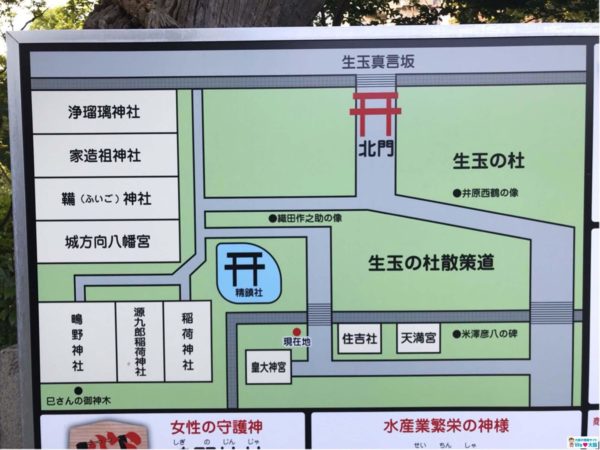 ※Click on the photo to enlarge
※Click on the photo to enlarge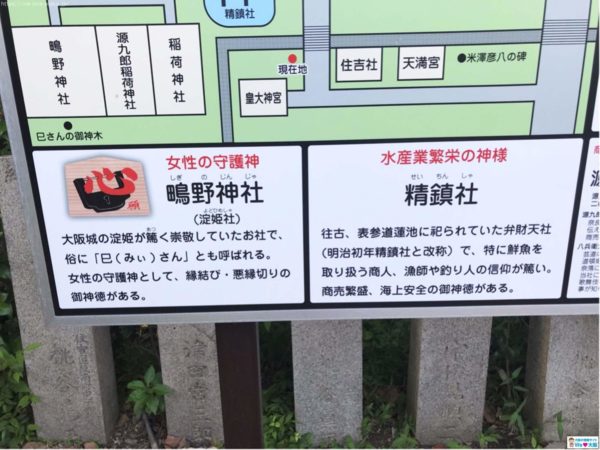 ※Click on the photo to enlarge.
※Click on the photo to enlarge.
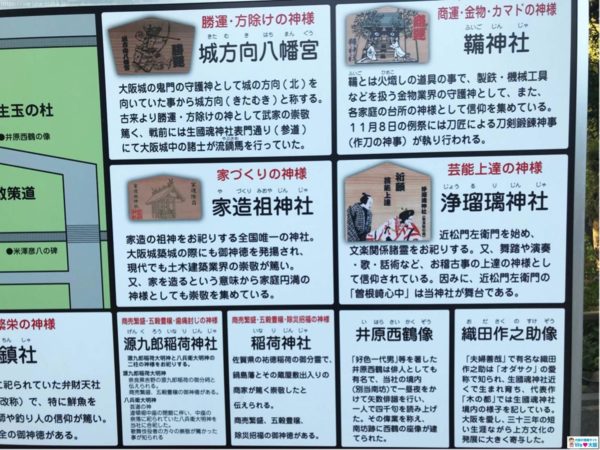 ※Click on the photo to enlarge.
※Click on the photo to enlarge.
One of the most notable shrines in the complex is Shigino Shrine, located at the far end of Ikutama Shrine.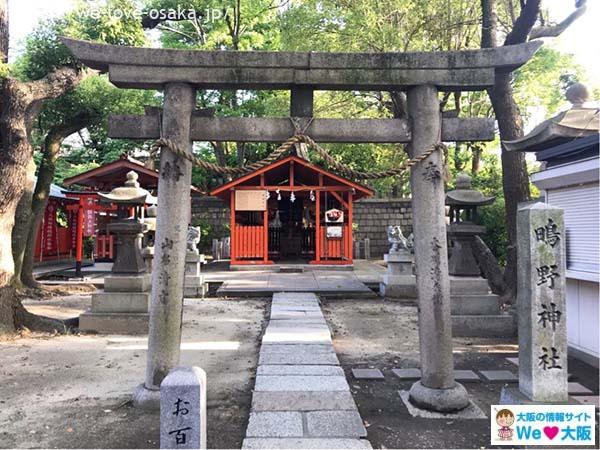
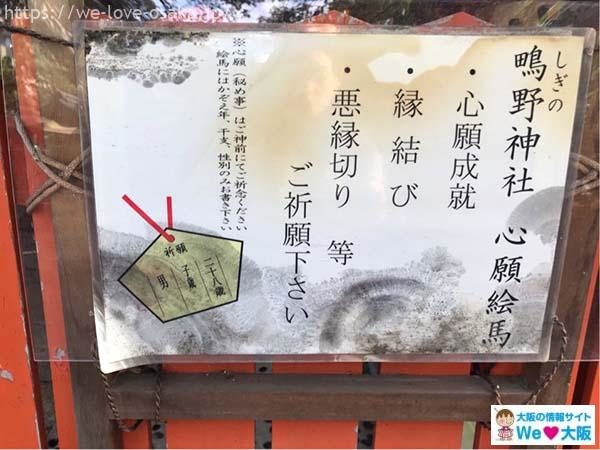 Shigino Shrine is famous for its beautiful women, with Ichikishimahime no Mikoto, Oomiyanome no Kami and Yodohime no Kami as deities, all of whom are female. For this reason, it is said to be beneficial for women’s protection, marriage, and dissolution of relationships.
Shigino Shrine is famous for its beautiful women, with Ichikishimahime no Mikoto, Oomiyanome no Kami and Yodohime no Kami as deities, all of whom are female. For this reason, it is said to be beneficial for women’s protection, marriage, and dissolution of relationships.
In front of Shigino Shrine, there is a hut called “cliff-edge fortune-telling,” which offers palm reading and four-poster fortune-telling services on Saturdays and Sundays.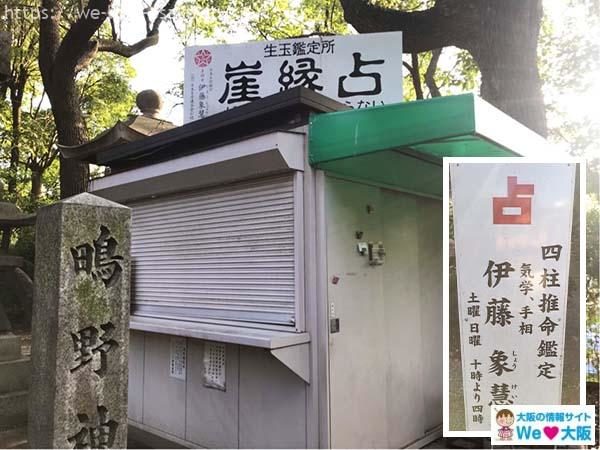 If you are interested in breaking up or uniting with a loved one, you may wish to pray there once.
If you are interested in breaking up or uniting with a loved one, you may wish to pray there once.
Although Ikutama Shrine is strongly favored for its marriage and divorce benefits due to the fact that it is a female deity, the main deities of the shrine are Ikushima Ookami and Ashijima Ookami, who are the guardian deities of the land and earth. It is a shrine that protects all those who live on the earth and grants a wide range of wishes, so it is a shrine that is beneficial to all those who have requests.
1-2. Other gods
Various deities are enshrined in the branch shrines other than ASAHIKINO-JINJIN.
1) God of Fisheries Prosperity
[Seichinsha]
The shrine was formerly located in the lotus pond on the Omotesando approach (renamed Seichinsha in the first year of Meiji era), and is especially popular among merchants, fishermen, and anglers who handle fresh fish. The shrine is especially believed in by merchants, fishermen, and anglers who deal in fresh fish. It is believed to have divine virtues for business prosperity and safety at sea.
2)God of luck and protection
[Kitamuki Hachiman Shrine]
It is called “Kitamuki” (meaning “castle direction”) because it faces the direction of the castle (north) as the guardian deity of the demon’s gate of Osaka Castle. Since ancient times, the shrine has been revered by samurai families as a god of victory and protection. Before the war, yabusame (horse back Archery on horseback) was held by various clans in Osaka Castle on the front gate street of Ikutama Shrine.
3) God of commerce, hardware, and kamado
[Bellows Shrine]
On November 8, a swordsmith performs the ritual of sword smithing.
4) The God of Home Building
[Yazukuri Miooya Shrine]
This is the only shrine in Japan that enshrines Shin, the founder of house building. The shrine is the only shrine in Japan that enshrines Shin, the founder of house building, who is also revered by the civil engineering and construction industries today. The shrine is also revered as a god of family happiness because of its meaning of building a house.
5) God of luck in victory and improvement in the arts
[Joruri Shrine]
The shrine enshrines Monzaemon Chikamatsu and other spirits related to Bunraku. The shrine is also worshipped as a god for the improvement of training in dancing, playing, singing, and speaking. Incidentally, Monzaemon Chikamatsu’s “Sonezakishinju” was set in this shrine.
6) God of prosperous business, good harvest, and protection against toothache
[Genkuro Inari Shrine]
Two deities are enshrined: Genkuro Inari-daimyojin and Hachibei-daimyojin.
Genkuro Inari Daimyojin is said to be a branch shrine of Genkuro Inari in Yoshino, Nara Prefecture. It is said to be a shrine of Genkuro Inari in Yoshino, Nara Prefecture, and is believed to have the divine virtues of prosperous business and a good harvest.
Hachibei-daimyojin is the god of the arts. When the Dotonbori Naka-za Theater was closed, Hachibei-daimyojin, which had been enshrined in the Naka-za’s nara, was enshrined with us. It is known that he was revered by Kabuki actors.
7) God of prosperous business, good harvest, and protection from disaster
[Inari Shrine]
The deity is said to be a branch of Saga Prefecture’s Yutoku Inari, and was revered by the Nabeshima clan and the merchant families that frequented its warehouses. It is said to have been venerated by the Nabeshima clan and their warehouses and merchants.
2. History of Ikutama Shrine
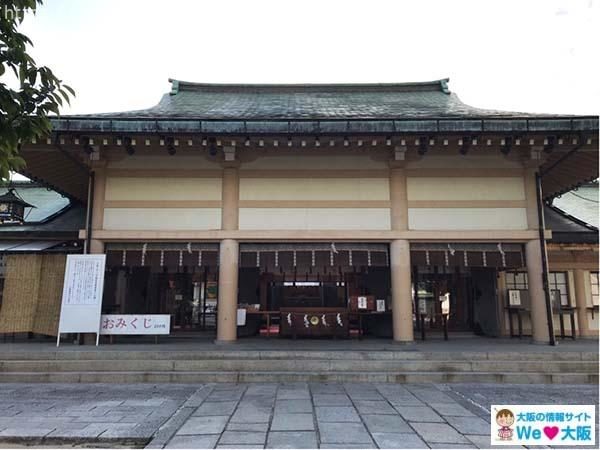 As mentioned briefly at the beginning of this article, it is said that Emperor Jinmu enshrined the Ikushima and Tarushima deities at Ishiyamazaki (near present-day Osaka Castle) during the Jinmu expedition.
As mentioned briefly at the beginning of this article, it is said that Emperor Jinmu enshrined the Ikushima and Tarushima deities at Ishiyamazaki (near present-day Osaka Castle) during the Jinmu expedition.
Later, in 1580, the shrine was destroyed by fire during the Battle of Ishiyama. In 1583, when Toyotomi Hideyoshi built Osaka Castle, it was decided to relocate the shrine to its current location, and it is said that the shrine was relocated in 1585 after Hideyoshi donated shrine property and had the shrine pavilions built.
Since then, the shrine buildings are said to have collapsed frequently due to wars, etc., but were rebuilt in 1956 (Showa 31) and continue to this day. The current main hall, a concrete structure with copper shingle roof, was rebuilt after World War II and is said to retain the remains of the Momoyama Period.
3. Charms and red seals
3-1. Amulets
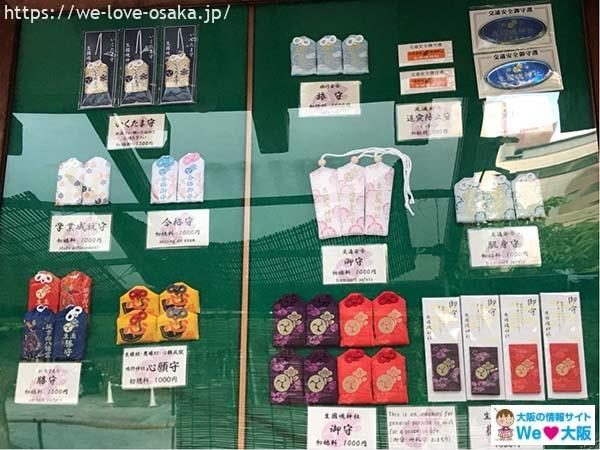
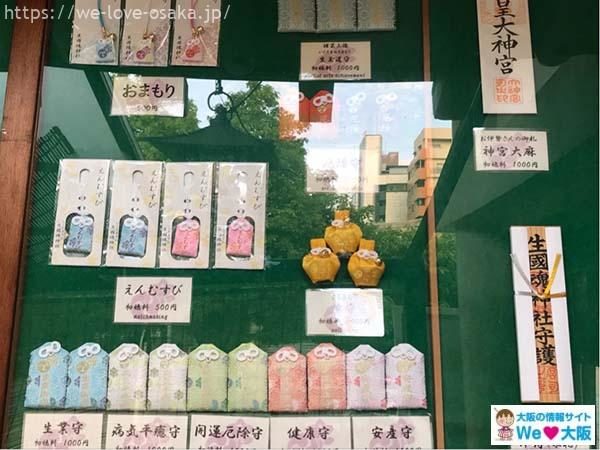 There are various kinds of amulets.
There are various kinds of amulets.
The reception is open from 9:00 to 16:30, so it is best to get there early.
3-2. Red Seal
This is also a 9:00 a.m. to 4:30 p.m. reception. Unfortunately, I didn’t get it in time! You can have it during the hours without any problem, so please try to get it when you visit.
4. Highlights of Ikutama Shrine
4-1. Ikutama Festival
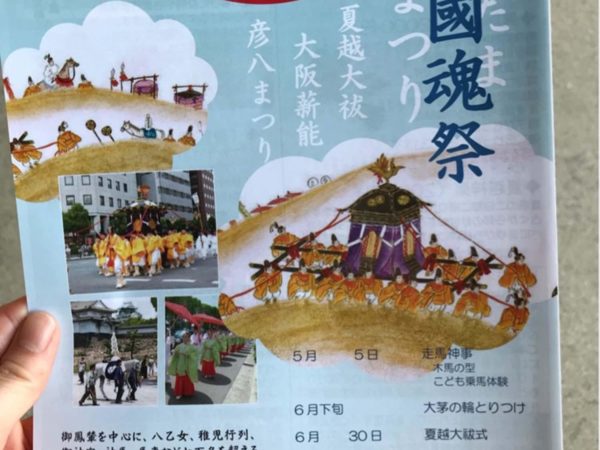 ※Click on the photo to enlarge.
※Click on the photo to enlarge.
It is one of the three major summer festivals in Osaka along with Tenjin Festival and Sumiyoshi Festival.
The Ikutama Festival, known as “Ikutama of Riku and Tenjin of the River,” is centered on the procession to present-day Osaka Castle, where the Ikutama Shrine originally stood.
The “imperial palanquin,” the centerpiece of the procession, and the shrine pavilions on the grounds of the temple were temporarily reduced to ashes by the air raids in Osaka.
4-2. Takigi Noh at Ikutama Shrine
It was started in 1957 as a postwar reconstruction effort by the Osaka branch of the Nohgaku Kyokai, the Takigi Noh Committee organized by Nohgaku enthusiasts, and the city of Osaka. Noh, Kyogen, and Shimai will be performed on a specially constructed Noh stage by the Osaka Branch of the Nohgaku Kyokai.
*Takiginoh is a Noh play that is performed outdoors at night by lighting a bonfire.
5. Detailed information
Address: 13-9 Ikutama-cho, Tennoji-ku, Osaka City
TEL:06-6771-0002
Access■Train:
3 minutes walk from “Tanimachi 9-chome” station on Osaka Metro Tanimachi Line
9 minutes walk from “Uehonmachi” station on Kintetsu Namba line
Access■Car:
Car navigation map code 1 286 385*27
Parking: 20 cars
Admission: Free (reservation at Ikutama Shrine parking lot)
6. Summary
So what do you think about Ikutama Shrine? Although the shrine is famous for its blessings for marriages and relationships to be broken off, there are various other deities enshrined there, and I felt firsthand that there would be blessings for all kinds of requests. So if you have a wish, why not visit?
Related article
-
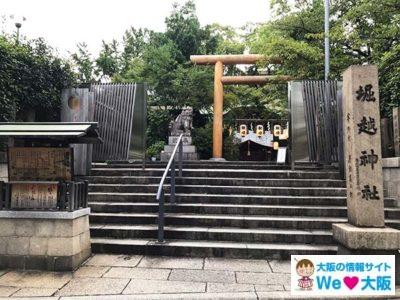
Horikoshi Shrine – The Hitoyume Prayer will make your once-in-a-lifetime wish come true!
Horikoshi Shrine is said to ha……2024.01.17
-
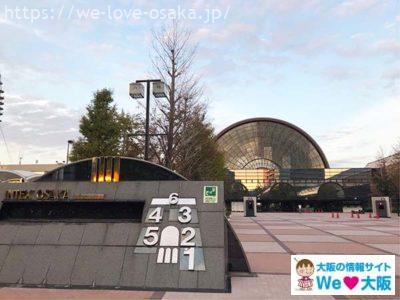
INTEX Osaka – Directions to the International Exhibition Center with Images
INTEX Osaka hosts a wide varie……2023.03.20
-
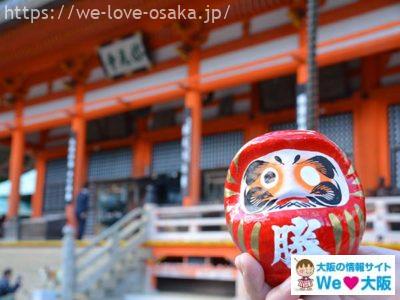
Katsuo-ji Temple – Temple of Good Fortune and one of the 23 sacred places in Western Japan
Katsuo-ji Temple in Minoh City……2023.02.14







